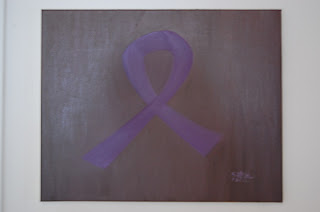 |
| "Cheerful Storm" 9/12/00 |
 |
| "Sunset at Midnight" 10/3/00 |
 |
| "Baby On the Choukalik" 10/8/00 Sold |
 |
| "Playing In the Woods" 5/29/02 Sold |
 |
| "For a Life Time of Love and Friendship" |
7/16/03
Sold
 |
| "Imaginary Flower" 5/20/05 |
"Magnolia"
6/7/05
 |
| "Vitality" 7/4/05 |
"Sunset at Treehill Mountain"
12/21/05 |
"Blossomed Flower"
6/21/06
Sold
 |
| "Angel" 11/18/06 Sold |
 |
| "Wonders of Sevan" 3/11/09 |
 |
| "Pomegranate" 12/22/09 |
 |
| "Apple and Pear" 2/10/10 Sold |
 |
| "Burning Sunset" 3/17/11 |
 |
| "Pebble Beach: The Cypress Point at Monterey Peninsula" The 16th Hole 3/20/11
|
 |
| "Hawaiian Pear" 5/20/11 |
 |
| "Orchids for Life" 9/27/11 |
 |
| "Prosperity" 12/12/11 |
 |
| "Life with A Purple Ribbon" 1/28/12 Sold |
"Armenian Lady Cotton Weaver"
5/20/12
Sold
d






















